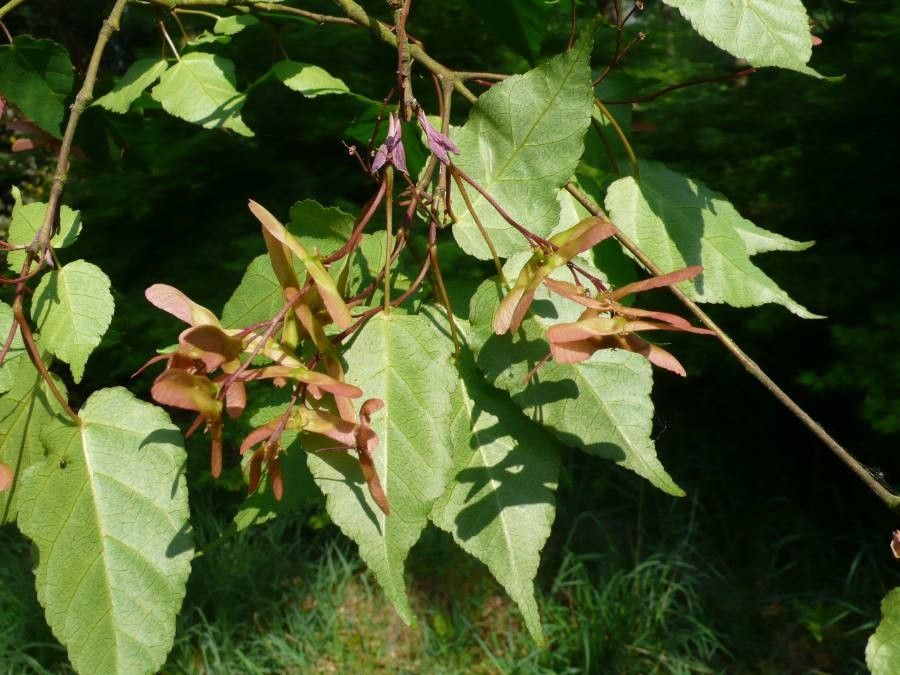Propagating the Hornbeam-Leaved Maple (Acer crataegifolium): A Gardener’s Guide
Introduction
The Hornbeam-Leaved Maple ( Acer crataegifolium) is a relatively rare and highly prized maple species known for its distinctive, finely serrated, hornbeam-like leaves and attractive autumnal coloration. Its unique foliage and relatively compact growth habit make it a desirable addition to gardens, particularly for those seeking interesting foliage texture and a smaller-scale maple. However, its rarity contributes to challenges in obtaining plants, making propagation a rewarding yet potentially difficult endeavor for enthusiastic gardeners. Unlike some more common maples, Acer crataegifolium presents specific hurdles in its propagation, requiring careful consideration of various techniques.
Seed Germination
Seed germination for Acer crataegifolium is possible but presents significant challenges. The seeds often exhibit a period of dormancy requiring stratification – a process of exposing the seeds to cold, moist conditions to mimic winter. This stratification typically involves storing seeds in moist peat moss or vermiculite at temperatures near freezing (around 33-40°F or 0-4°C) for a period of three to four months. Following stratification, seeds should be sown in well-draining seed compost, kept moist but not waterlogged, and placed in a bright but indirect light location.
Challenges: Successful germination rates are often low, and even after stratification, some seeds may remain dormant. The seedlings can be slow-growing and require consistent, careful tending.
Rewards: Successfully germinating Acer crataegifolium seeds offers the reward of genetic diversity in your propagated plants, valuable for conservation efforts and for potentially discovering new varieties. It also potentially allows for large-scale propagation, provided high germination rates are achieved.
Cuttings
Propagation via cuttings is also challenging for Acer crataegifolium. Hardwood cuttings taken in late autumn or winter have a low success rate. Softwood cuttings, taken in early summer from new growth, have slightly better chances but still require careful hormone application and high humidity conditions within a propagation unit or greenhouse. Mist propagation systems are recommended to maintain consistently high humidity.
Challenges: The species’ low rooting tendency makes successful propagation via cuttings difficult. It requires both skill and the correct environmental conditions to achieve acceptable success rates.
Rewards: Successful rooting of cuttings allows for the rapid replication of desirable cultivars, preserving specific genetic traits.
Division
Division is generally not a viable method for propagating Acer crataegifolium. This species rarely produces suckers or readily divides into separate plants.
Tissue Culture
Tissue culture is a potentially more reliable method, although it’s resource-intensive and requires specialized knowledge and equipment. This technique involves growing plant tissues in a sterile, nutrient-rich medium, allowing for the rapid multiplication of plantlets. However, establishing a suitable protocol tailored to this species may require significant experimentation.
Challenges: The setup costs and technical expertise needed for tissue culture make it less accessible to home gardeners.
Rewards: Tissue culture offers high propagation rates and the potential to produce disease-free plants.
Conclusion
Propagating Acer crataegifolium presents several challenges across all methods, requiring patience, skill, and sometimes specialized resources. Seed germination, while possible, has low success rates. Cuttings are similarly difficult. Division is largely impractical. Tissue culture offers the best potential for efficient propagation but is less accessible. However, the unique rewards — whether it’s the genetic diversity from seed propagation or the rapid replication of a desirable cultivar via cuttings or tissue culture — make the effort worthwhile for those passionate about cultivating this beautiful and unusual tree. Don’t be discouraged by initial setbacks; the sense of accomplishment from successfully cultivating this rare maple, understanding its unique needs and overcoming the propagation hurdles, is deeply rewarding. Begin with the method best suited to your resources and experience, and remember that persistent effort and attention to detail are key to success.


